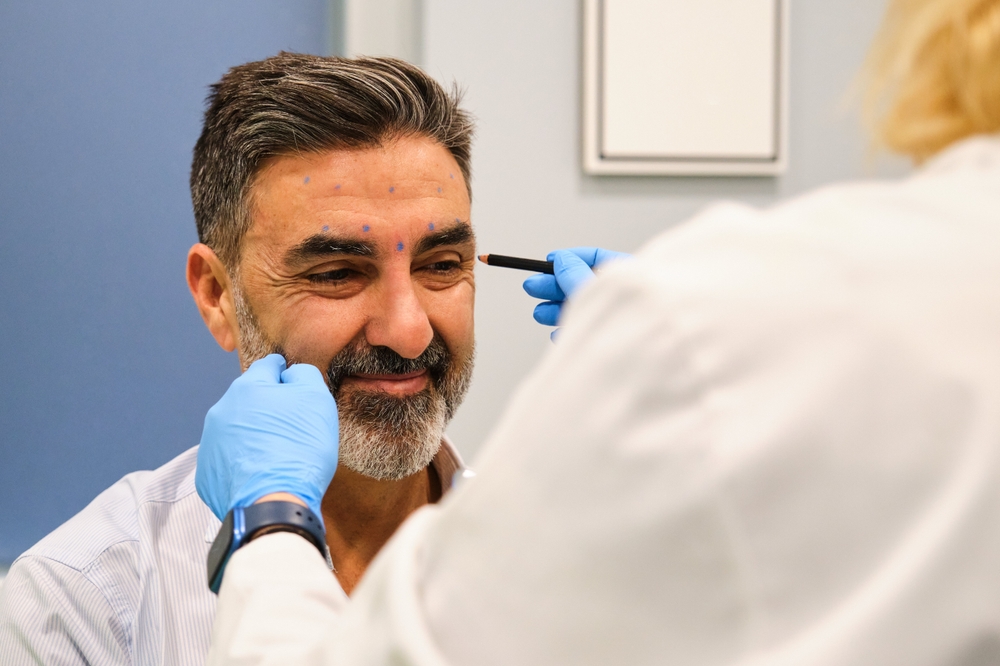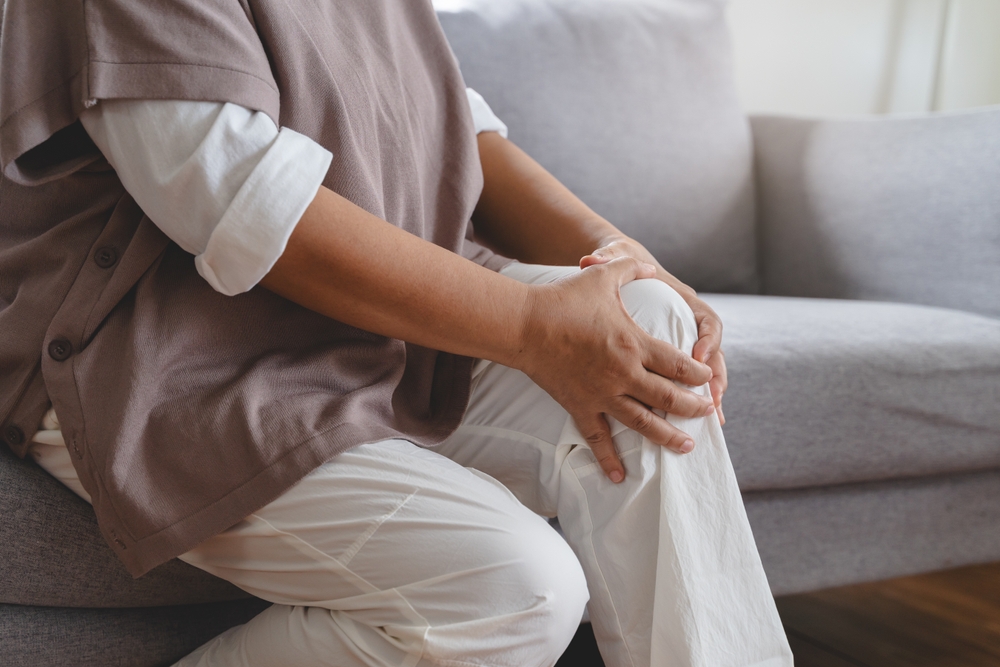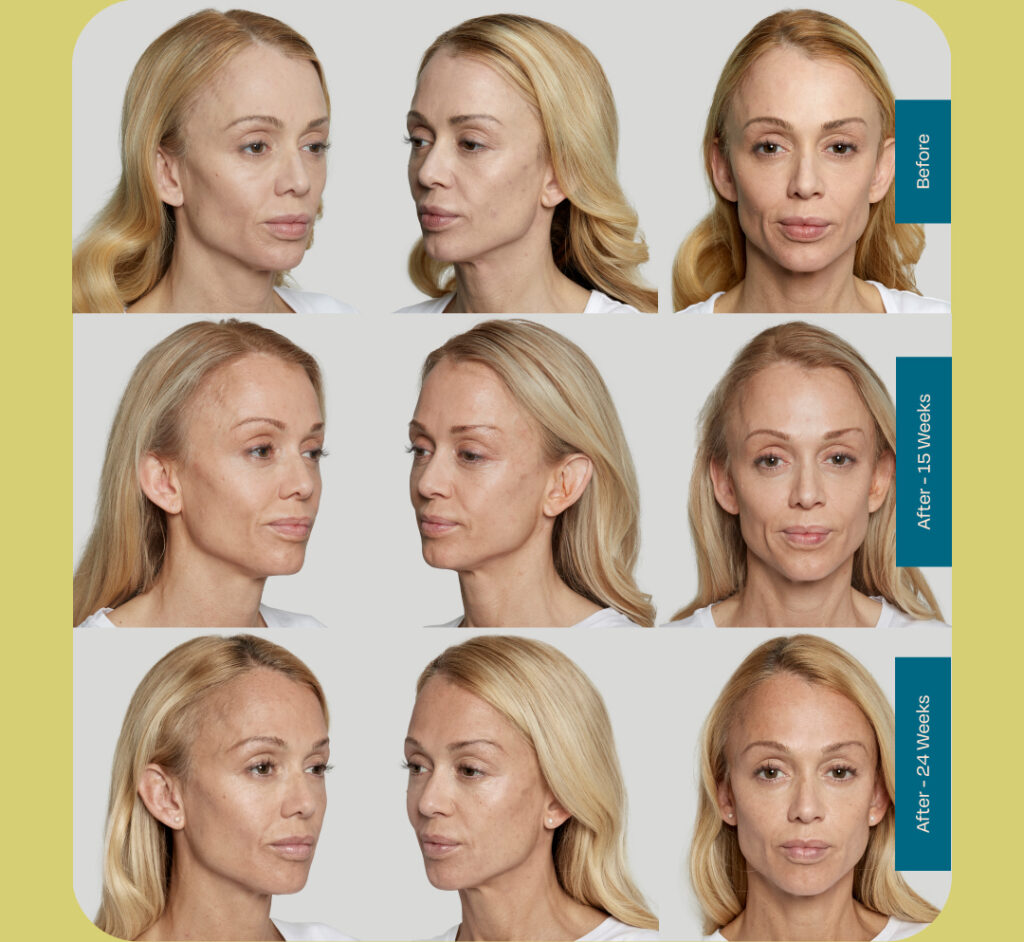Knee pains seem pretty common when you talk to enough people. If you’ve not led a sedentary lifestyle, then you’ve probably put some mileage on your legs as you approach your later years. Adding some sports activities or demanding labor on top of that also adds to the wear and tear. And if you’ve carried around excess weight day after day, you’ve given plenty of reasons for osteoarthritis to develop in the knee joints.
When it leads to chronic pain, many start to think about knee replacement surgery if the degeneration has progressed enough and nothing else seems to be helping. But there are alternatives you should consider before going under the knife. According to a study published in Arthritis Care & Research, you should start with the simplest approach first: lose some weight!
It sounds like a simple, common sense strategy, yet many people fail to try this as their first means to alleviate the symptoms. Granted, the arthritis may be limiting the amount of exercise they may be able to do because of the pain but addressing diet and calorie intake can be very beneficial, especially if these are major causes for weight gain in the first place. There are also many foods and supplements that can help reduce inflammation, and home care should always be included if there are muscular or structural imbalances that are adding to the problem.
In prior research, the investigating team had already found that reducing weight led to a decrease in joint pain. As a follow-up to that study, they again tested to see if further weight reduction would give a higher level of improvement in pain. In testing and tracking 240 overweight or obese patients with knee osteoarthritis, they indeed found that this was true. The reported results showed that:
- Weight lossof 10% or more over 18 months led to a 50% reduction in pain and significant improvements in mobility
- Weight loss of 20% or more led to an improved 75% reduction in pain.
- The group losing more also had continued improvements in physical function over the 10% loss group
The higher weight loss subjects also fared better in terms of levels of discomfort, overall function, the distance they were able to walk in six minutes, and their physical and mental health-related quality of life. Two measurements of knee health (joint compression force and levels of an inflammatory marker called IL-6) also improved as patients shed more of their excess weight.
Encouraging news for the estimated 250 million adults worldwide who suffer from knee osteoarthritis. So why haven’t more people taken this approach to improving their quality of life? The biggest challenge we see is that patients simply don’t know all it takes to successfully lose weight, especially in a healthy way. Anyone can crash diet or restrict calories to shed some quick pounds, but the change is usually not permanent, and they may do more harm than good to their overall health depending on the approach they take.
When we help patients with their health and weight loss goals, we take the big picture approach. Everything from diet and exercise to hormone levels to blood sugar management to lifestyle and stress levels needs to be taken into consideration in order to achieve a positive outcome. Focusing just on calories and exercise is like trying to solve a 10-piece puzzle with only 2 pieces, which is why many people fail or quit when they don’t see the results they expected from changing only these two variables. Plus, the added supervision and guidance by a healthcare team allows other health issues to be addressed and improved throughout the process so that a better level of true health can be attained.
Beyond that, we’ve added stem cell therapy this year to our array of care options where new joint tissue can actually be regenerated and produce permanent structural change in knees that may have been thought to be beyond help! Not everyone is a candidate, but a simple consultation can give us a good idea if you might be. In all, there are now many ways to offer relief for those suffering from osteoarthritic knee pain. So, if the “wheels” aren’t broken, you have no excuse not to drive on in and see what options are available for you to stay up and running, pain-free, as long as possible!
















